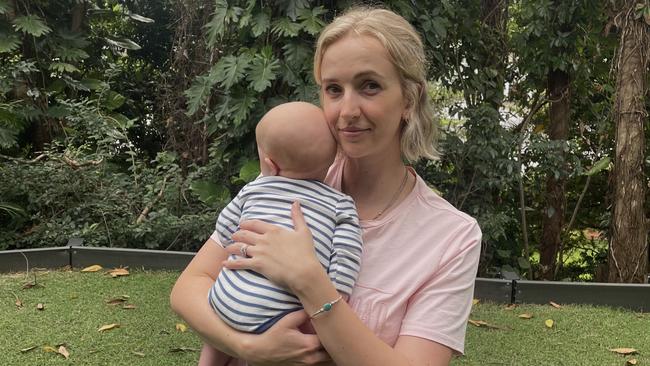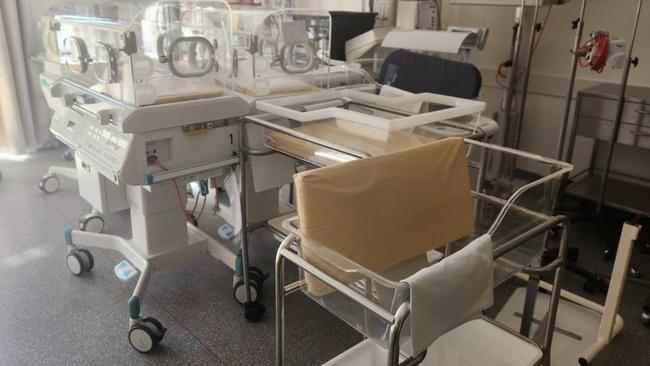Private maternity ‘extinct by 2030’ because of ward closures
Health insurance is being rendered useless for thousands of families who took out top cover, as maternity ward closures and enormous out of pockets render a private birth impossible.

Health insurance is being rendered useless for thousands of families around the nation who took out top cover in anticipation of having a baby in the private system as maternity ward closures and enormous out of pocket expenses render a private birth impossible.
In some pockets of the nation, there is now no option to give birth in the private system at all as private hospitals move to mothball maternity wings that are marginally profitable and hard to staff.
Maternity wards are sitting idle in private hospitals around the country, with operators no longer able to sustain the expensive, labour-intensive care required amid a crisis of viability and staffing shortages across the sector. The viability of private hospitals is being reviewed by the federal government.
New economic modelling published in an Insight article in the Medical Journal of Australia, undertaken by Australian Medical Association president, obstetrician and health economist Steve Robson, has predicted that if current trends continue, birthing in the private system may become “extinct by 2030”.
Professor Robson, with obstetrician colleagues Gino Pecararo and Caroline da Costa, described maternity care as “the harbinger” of a rapid destabilisation in the private hospital system that threatened to have severe knock-on effects for public hospitals.

Thirty years ago, almost 40 per cent of all births occurred in private hospitals.
In the past decade, the number of babies born in private hospitals fell to 22 per cent.
This year, excluding women who use their private health insurance to birth in public hospitals, the doctors estimated it was likely that in 2024 less than 20 per cent of births would occur in private maternity hospitals, and were expected over the next decade to continue to “fall preciptitiously”, to the point where by 2030, private maternity hospitals “will cease to exist”.
The situation is currently worst in far north Queensland, where there are no functioning private maternity wards north of Townsville.
Women there who want to give birth privately must go to Townsville, or Brisbane or Canberra.
“It basically beggars belief that for the women who have private insurance in north Queensland, that they have no capacity to use it,” said Cairns obstetrician Elizabeth Jackson.
“It would appear that the hospital, the health funds and the government all financially profit from continuing to take private insurance from the patients, but yet there is nothing available to them.”
“The public hospitals ask the patients that have private insurance to ascribe their private rights to the hospital, saying that it will help the hospital out, but in exchange, these women are not being given a private service.
“Patients are bitterly disappointed and shocked, and we continue to see dozens of women every month in this position,” she said.

Cairns mother Keely, 31, paid for top cover with her health insurer for several years before discovering, when she wanted to have an elective caesarian in a private hospital with her second baby, that she would not be able to give birth privately locally.
Cairns Private Hospital has closed its maternity unit.
She had to travel to the Gold Coast to give birth in a private hospital. “It was just really disappointing, having paid for it for such a long time,” Keely said.
“The only reason that we took it out was just to have babies. It’s just really frustrating.”
There have been at least six maternity ward closures nationwide in the past couple of years, among scores of entire private hospitals that have shut down.
The reasons range from staffing difficulties to viability problems and reduced numbers of births.







To join the conversation, please log in. Don't have an account? Register
Join the conversation, you are commenting as Logout